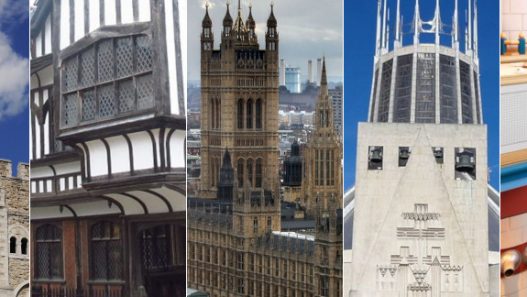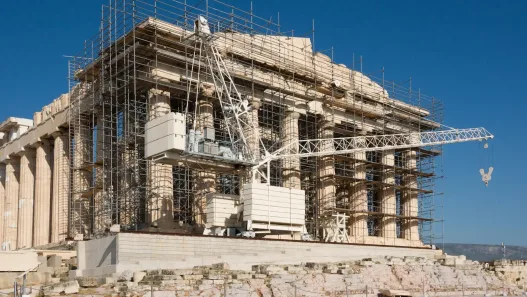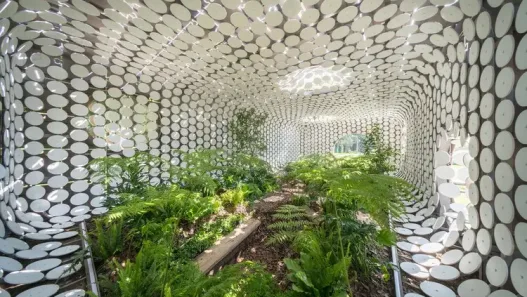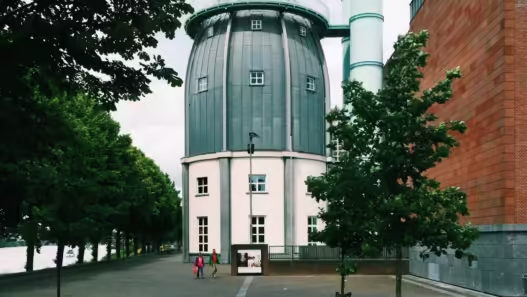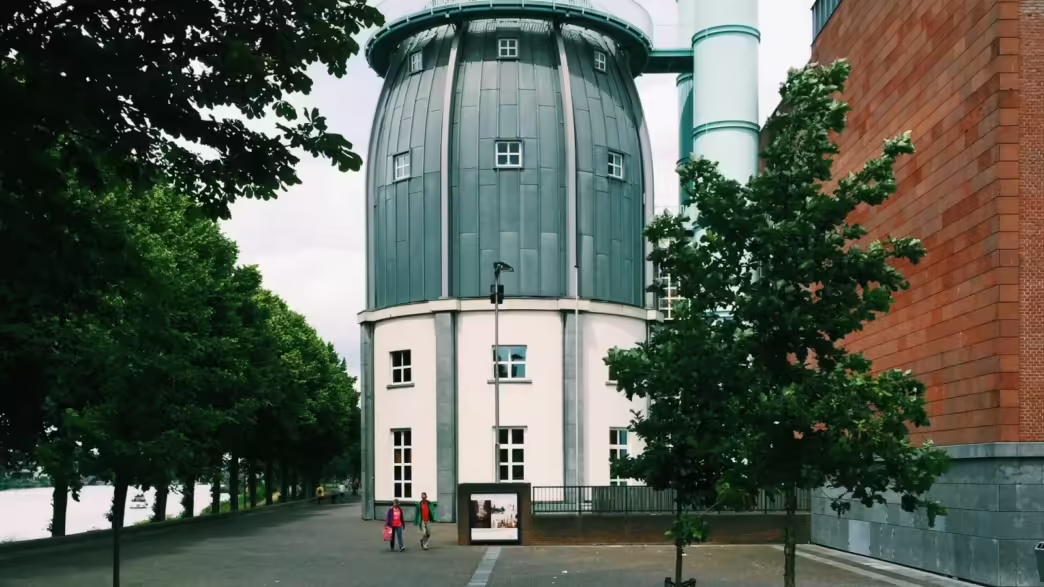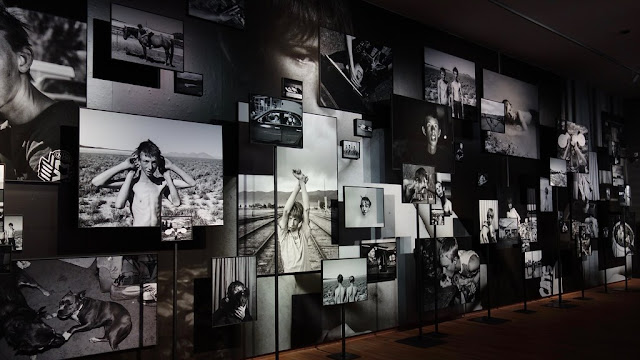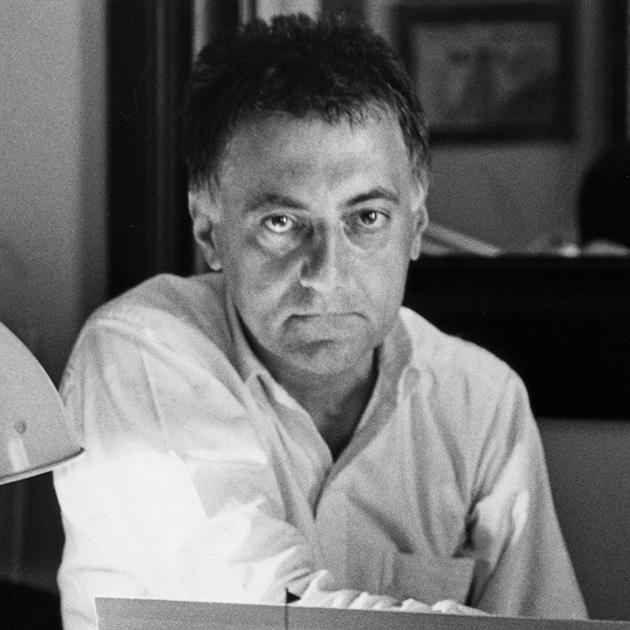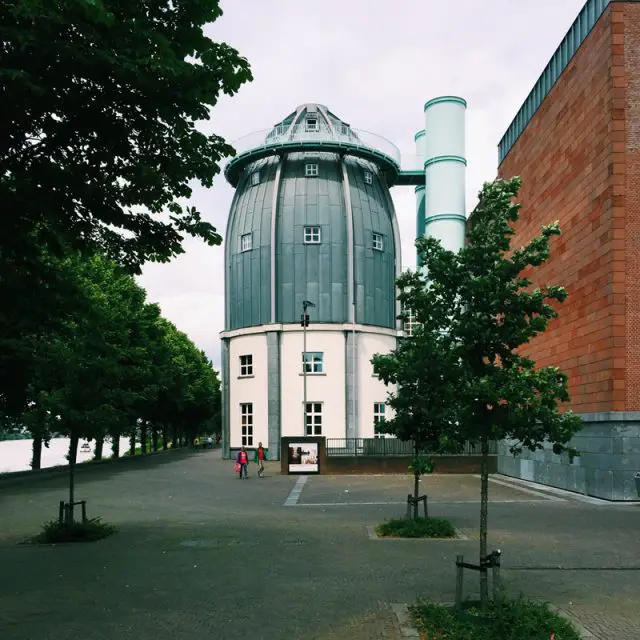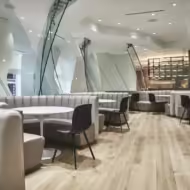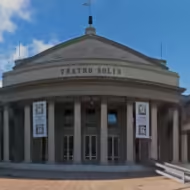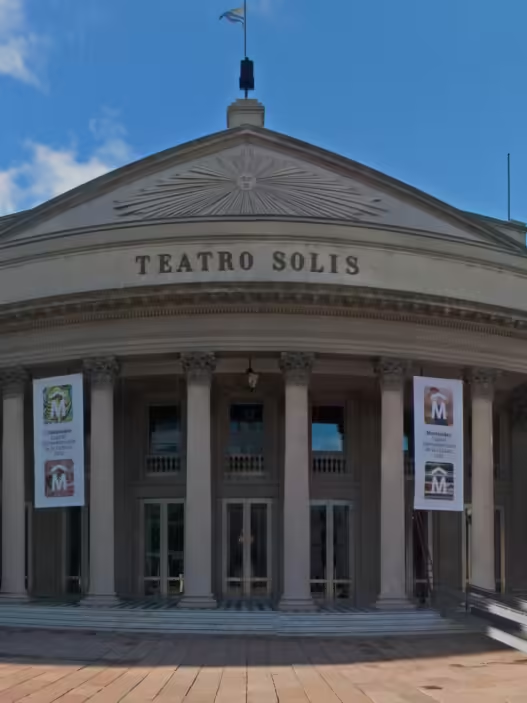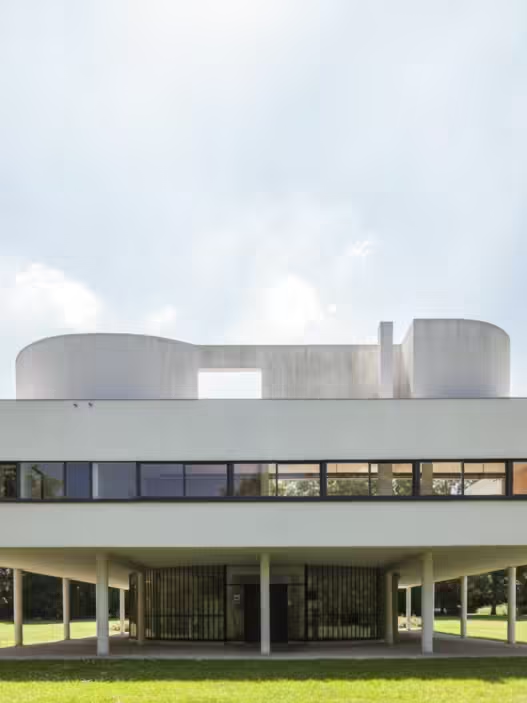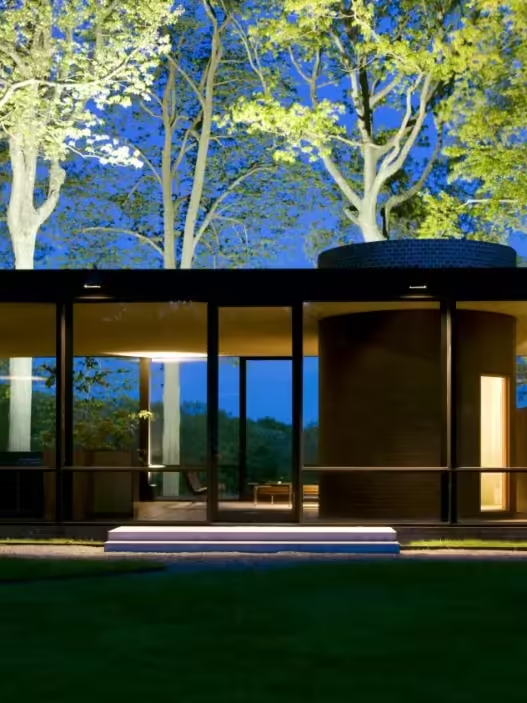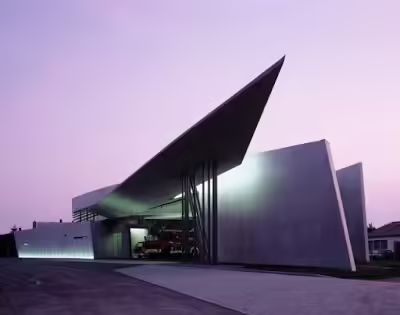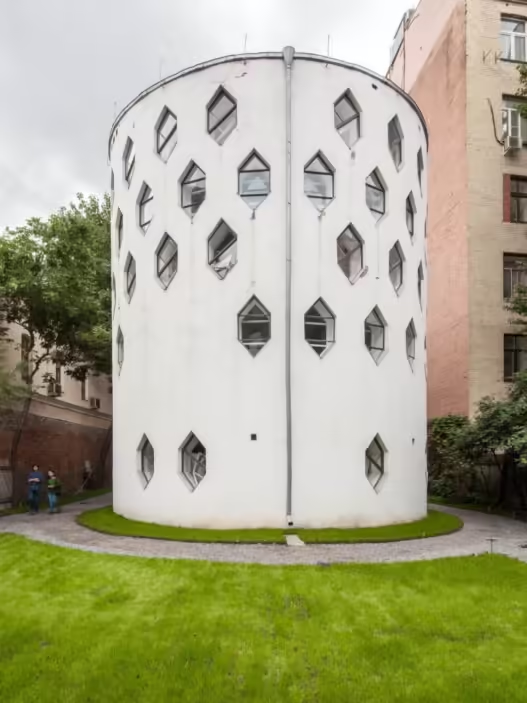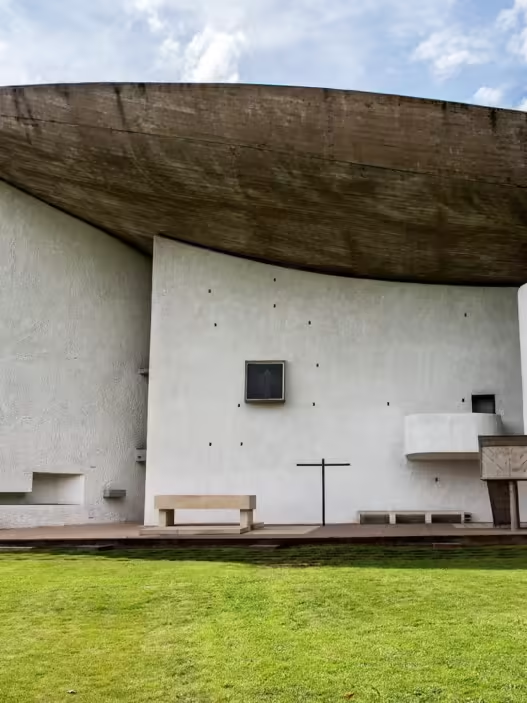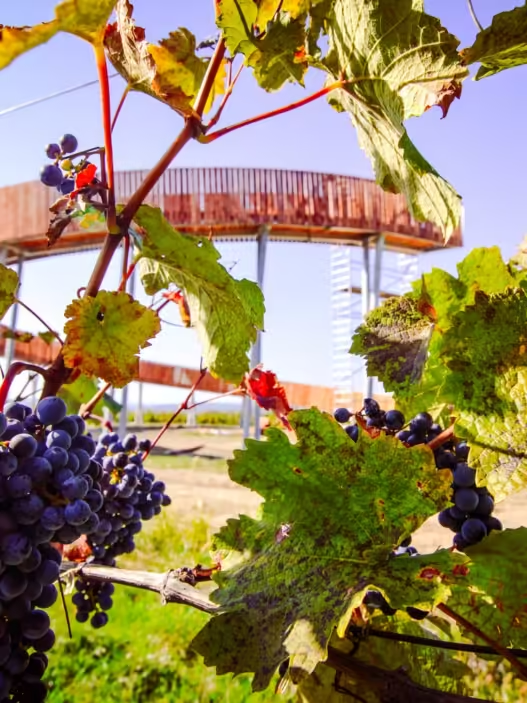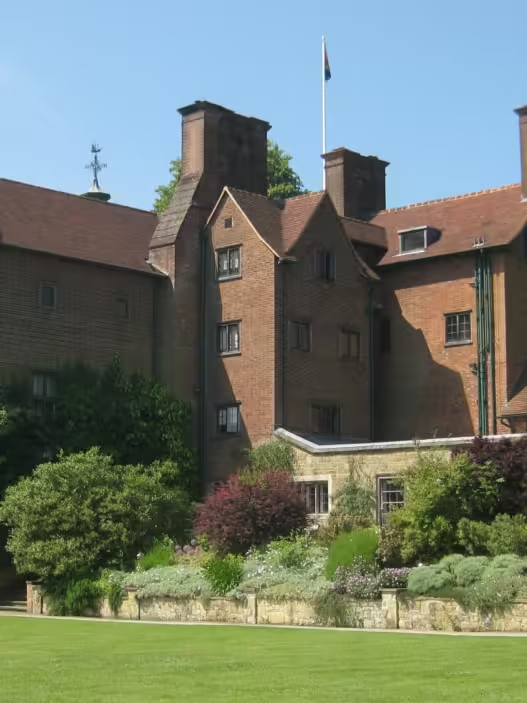Designed in 1995 byAldo Rossi in Maastrich, the Netherlands, the Bonnefanten Museum is the offspring of the Bonnefantenklooster , a museum that dates back to 1884 and was originally housed in a monastery. The museum, known as the ‘Navigation Factory’, was built on a former industrial site called ‘Ceramique‘.
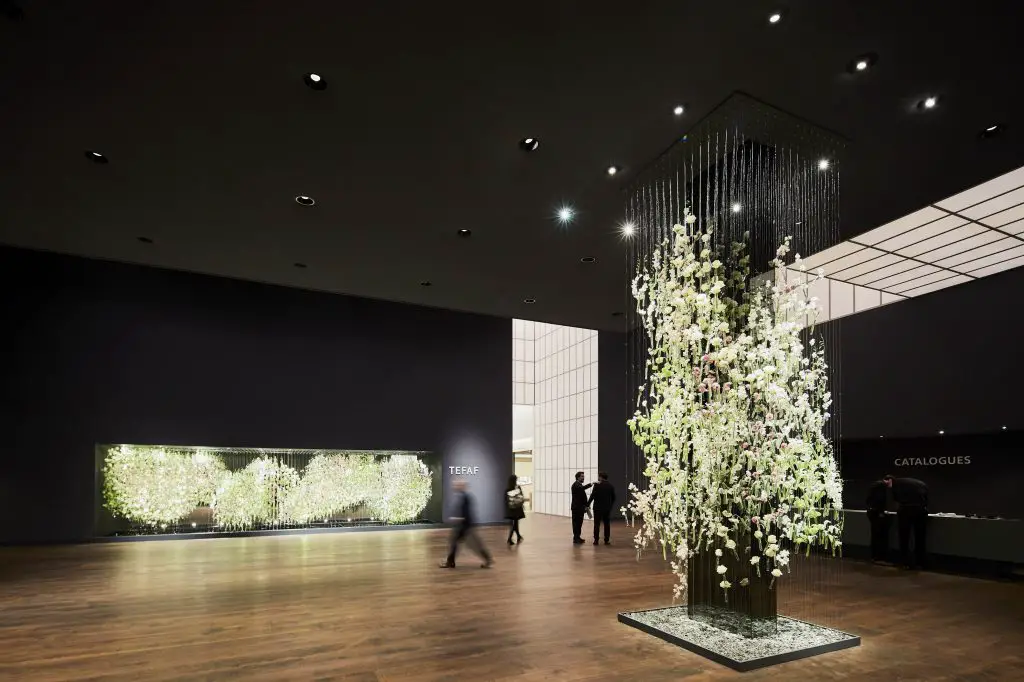
Its blend of old and new has given the museum a unique character and paved the way for visitors to find something of themselves in every period.
The first floor of the 3-storey building exhibits artifacts dating back to the 16th and 17th centuries and sculptures from the Middle Ages.
2. on the floor is the comparatively more modern, minimalist Sol LeWitt and Robert Ryman,Luciano Fabro, Mario Merz, Atelier Van Lieshout from the Netherlands,Patrick Van Caeckenbergh from Belgium, from SwitzerlandWorks by Roman Signer and Franz Westfrom Austriaare also on display on the second floor.
On the last floor there is a small exhibition by Aldo Rossi entitled “Shapes of Similarity”.
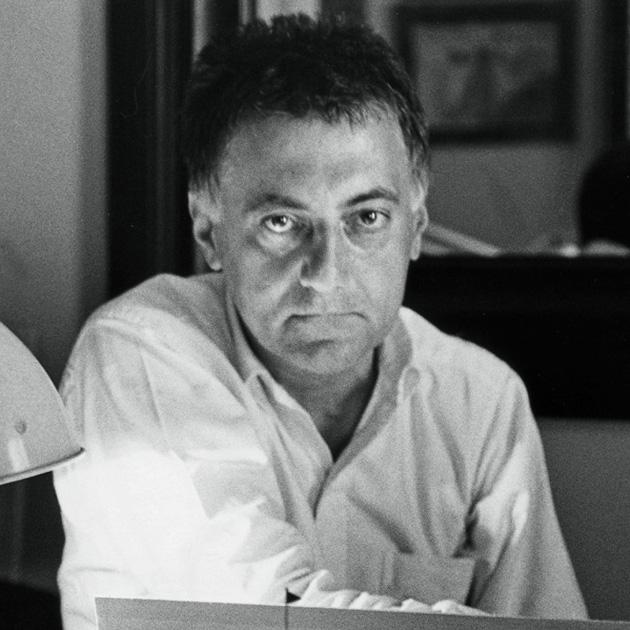
In the 1990s, the Province of Limburg invested €40 million in the construction of the new museum, and the museum directors chose Aldo Rossi, whose design and creativity they trusted.
The project has an open and traditional structure. Rossi’s spatial setup can be described as a series of galleries placed in wings surrounding a central staircase, illuminated from above and from the sides.
An excerpt from an article about the building on the museum’s website.
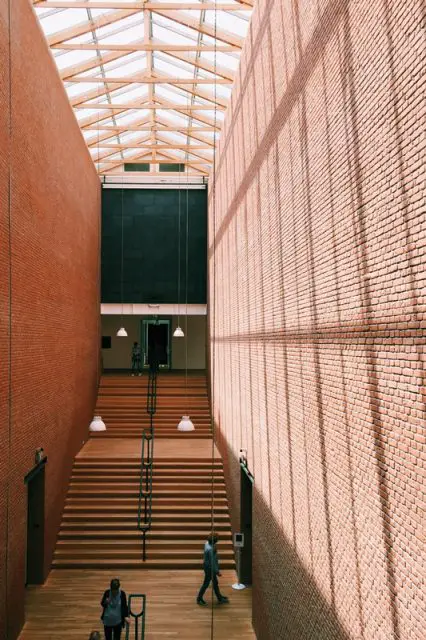
In keeping with Aldo’s style, the building was constructed using materials such as wood, stone and brick in harmony with the surrounding texture.
Aldo was very influenced by sunlight in his design, so he utilized a lot of natural lighting at the top of the main staircase and in the spaces on the facades.
Adlo calls this staircase ‘connected to the world’. In his design, he tried to make it not a closed space but a living street.
While designing this staircase, Aldo was inspired by a Portuguese poet and wanted to contextually integrate Portugal and Holland.

Aldo clearly stated that he was inspired by Alessandro Antonelli’s Basilica of San Gaudenzio in the design of the dome, and planned the dome to be zinc-coated to distinguish it from the overall structure of the building.This structure, which stands out from the overall museum, is a reference for European architecture and a very successful application of perception management.In this work, Aldo, who is a philosopher as well as an architect, reveals the importance and potential contributions of being a socialist and philosopher beyond architecture.
“But now, just as if we were standing on the belvedere, we can view the museum as a whole, perhaps a lost whole which we only recognize thanks to those fragments of our lives which are also fragments of art and Europe of bygone days.”
-Aldo Rossi, Bonnefanten Museum
Opened on March 9, 1995, the Bonnefanten Museum welcomed 175,000 visitors that year.
According to a 1997 survey, 73% of museum-goers were happier with the museum in its new form and an even higher percentage said that the artworks inside met their expectations.
This building, which is one of the best examples of how community life, social environment, traditions and design can be combined in architecture, and Aldo Rossi, who pioneered the combination of these in this beauty, showed both visitors and architects how to do it and proved it with the Bonnefanten Museum. He achieved harmony and blended it without disturbing the natural and historical texture.
You can write a comment to express your opinion.
Year of Production:1995
Pampering: Aldo Rossi
Location: Maastrich, Netherlands
Fotoğraf:James Taylor-Foster



